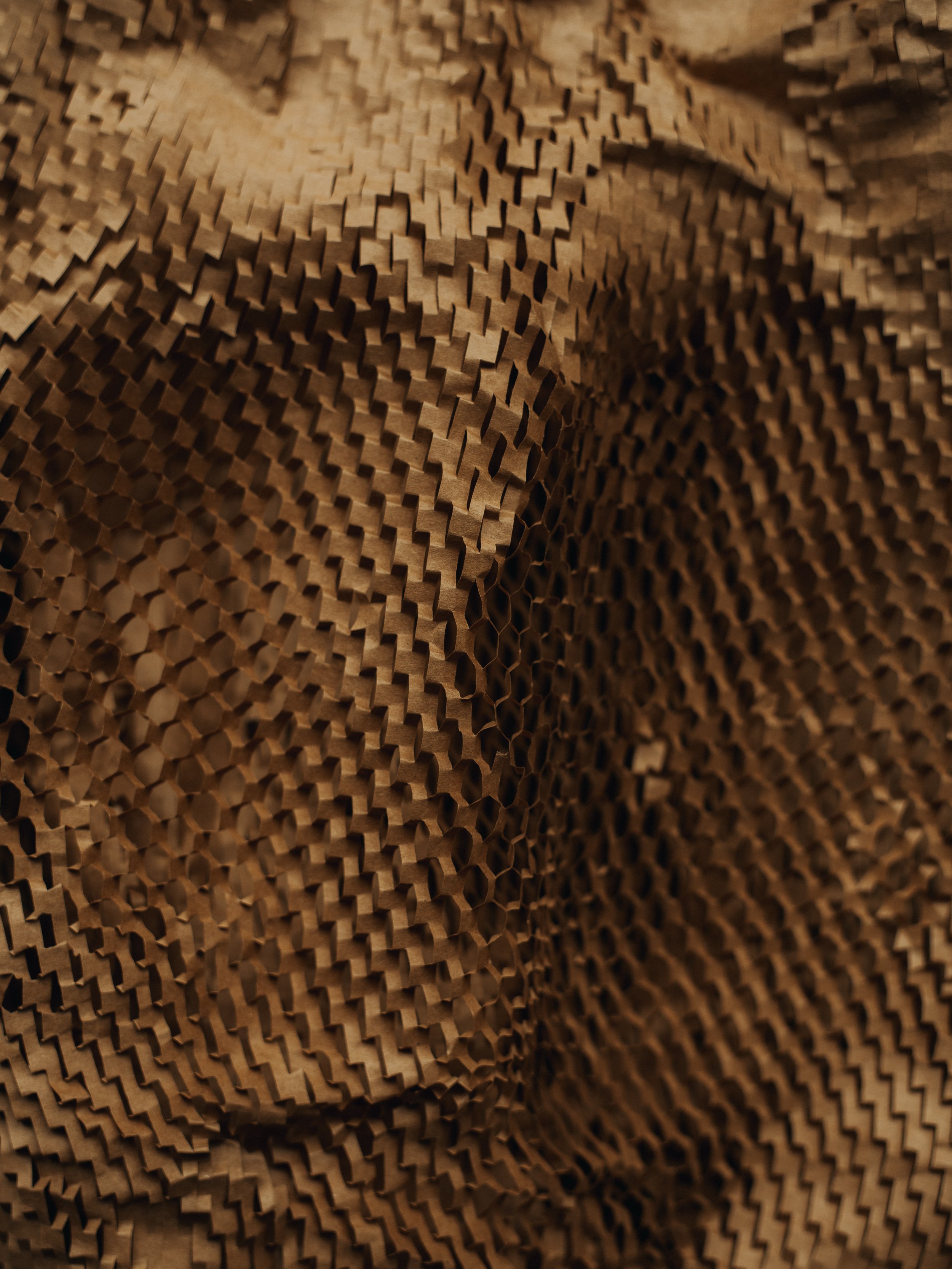How Do I Begin Backyard Composting? 5 Simple Steps
By Malia Noll
Contrary to what you may think, composting at home is a truly simple process! All you need is the right composting bin (we’ve included our favorite below), a guide to help you get started, and a little patience (it generally takes 3-6 months for food to break down into usable soil).
WHAT IS COMPOSTING?
The goal of composting is to take food scraps—that would have otherwise been thrown away—and turn them into fertile soil to help your garden thrive. Composting allows food scraps to decompose with the help of microorganisms and bacteria to create a usable soil that is rich in nutrients.
HOW DOES COMPOSTING MAKE A DIFFERENCE?
Composting is an excellent way to divert food waste from landfills. And if you’ve read our post about How to Reduce Your Food Waste, you may remember organic waste (i.e. food scraps) that end up in landfills generate methane, a greenhouse gas that contributes to climate change—so large scale composting of food scraps significantly reduces methane emissions into our environment!
“Organic waste in landfills generates, methane, a potent greenhouse gas. By composting wasted food and other organics, methane emissions are significantly reduced."
— EPA
In an effort to help make composting feel more user friendly, we’ve created a simple, 5-step guide to help you get started! So no matter where you live—high rise, apartment or house with a yard—you’ll be able to easily and successfully begin your composting journey.
SELECT YOUR COMPOST BIN
We recommend that beginners start small as they embark on the learning process, which is why we love this functional and stylish compost bin from Bamboozle. It can live right on your kitchen countertop, so you’ll never forget to toss food scraps in whenever you’re cooking. Plus, it comes with a carbon filter that keeps the contents from smelling, so guests will never notice that there is decomposing food nearby!
We also love that indoor composting means you won’t have to worry about attracting rodents to your yard—because by the time you’re emptying the bin in your garden, it’s already turned to fertile soil.
IDENTIFY VIABLE FOOD SCRAPS
Not every food can be tossed into the compost pile! Generally, any plant-based scraps are good to go, but animal products (think dairy and meat) are not. We’ve included a quick overview of what can be set aside for composting below.
Compostable Food Scraps:
Skin, stems and flesh from fruits and vegetables
Nuts, seeds and legumes
Grains including rice, oatmeal, corn and bread
Egg shells
Coffee Grounds
Paper and cardboard, including newspapers, brown paper bags and egg cartons
Non-Compostable Scraps:
Meat and dairy products
Pet waste
Bones
Bleached paper products (basically anything that’s white!)
STRIKE THE PROPER BALANCE
Now that you know what you can and can’t compost, it’s important to know how to begin putting scraps into your compost bin. You’ll want to strike a balance between wet and dry food to ensure proper breakdown.
If your scraps are too wet (too many fruit and vegetable scraps), your compost won’t break down efficiently and will take much longer to decompose. You’ll want to offset this by including carbon sources, as noted above. Generally, you’ll want 1 handful of dry scraps or carbon sources for every 2 handfuls of wet scraps in order to achieve a well-balanced bin.
AERATE + DRAIN PERIODICALLY
When you have the right compost bin, (we love this one!), you shouldn’t have much upkeep to keep things moving along. We do, however, recommend checking in every week or so to see how things are doing.
Here’s a guide for checking your compost bin:
If you notice pools of liquid forming, you can either drain the excess into your kitchen sink or yard, or add some carbon fillers like paper to help balance out the moisture levels. Gently stir to incorporate if adding carbon fillers or other dry food scraps.
While you don’t need to stir the contents of your compost bin, doing so every 1-2 weeks can significantly speed up the process.
Your compost bin should take a few months (or more if you’re not stirring periodically) to break down into usable soil.
If you’re using our household compost bin, be sure to replace the charcoal filter every 1-2 months to keep things from getting smelly!
Want to speed things up? Place your bin in direct sunlight, or even outside on your patio or balcony in hot summer months. Heat really speeds up the process!
USE YOUR NUTRIENT DENSE SOIL
Congratulations! You’ve successfully finished your first batch of composted soil and it’s ready to enliven your flowerbed or garden. To empty the bin, simply dump the contents of your full bin directly into your garden. We recommend combining your composted soil with another organic soil mix when planting flowers, and you’re good to go.
Before starting your next batch of compost, simply rinse out the bin and repeat the process!
Reach out with any specific questions or tips you may have! We’re always looking to expand our knowledge in the topic of composting.
ABOUT THE AUTHOR
Malia Noll is a former public accountant turned self-employed copywriter who works with small businesses to build genuine connections to customers through strategic writing. Malia is based in Columbus, Ohio and specializes in promotional writing, email marketing and editing.










